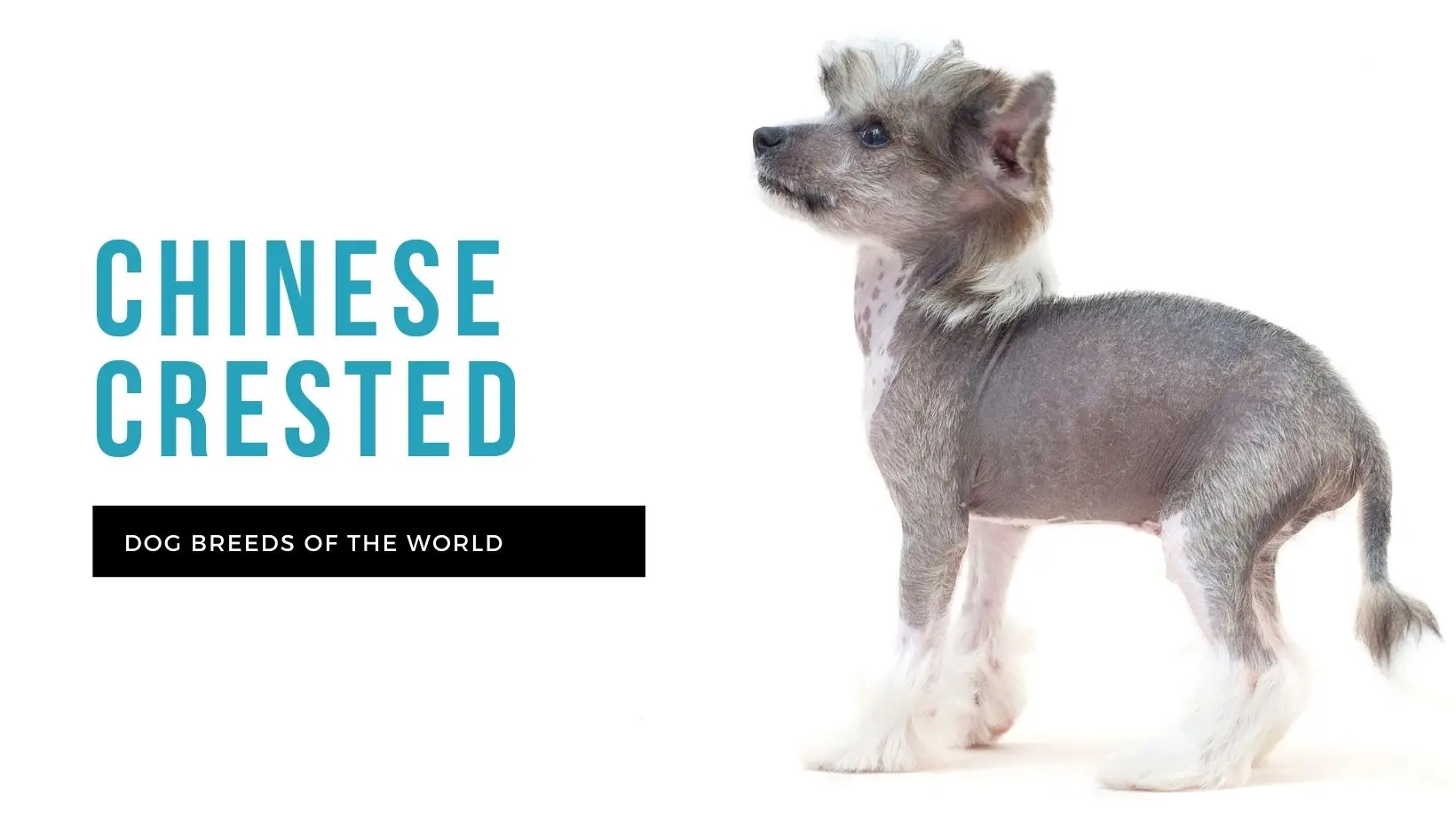The Basenji Dog Breed: A Complete Guide to Choosing, Training, Caring, and Understanding This Unique Canine
The Basenji is one of the most fascinating and distinctive dog breeds in the world. Known as the “barkless dog,” this ancient breed hails from central Africa and is celebrated for its cat-like cleanliness, graceful build, and independence. Whether you’re considering bringing home a Basenji or are simply curious about what makes this breed so unique, this comprehensive guide covers everything you need to know — from history and personality traits to how to train and care for a Basenji, along with the pros and cons and current pricing.
Origins and History of the Basenji
The Basenji has an ancient lineage that traces back thousands of years to central Africa, particularly the Congo Basin. Bred primarily for hunting, these dogs were used by tribes for their keen eyesight and agility to flush game into nets and to control rodent populations.
Basenjis are often referred to as one of the oldest domesticated dog breeds, with depictions resembling Basenjis appearing in Egyptian tombs and African tribal artwork. Their quiet nature made them ideal for stealthy hunting, and their independence was necessary in rugged terrains. Despite their long history, they only gained recognition in the Western world during the early 20th century.
Appearance and Physical Characteristics
The Basenji is a small to medium-sized dog with a sleek, athletic build. They are elegant and alert in posture and movement.
- Height: 16–17 inches (40–43 cm)
- Weight: 20–26 pounds (9–12 kg)
- Coat: Short, fine, and low-shedding
- Colors: Red, black, tricolor (black/tan/white), or brindle – all with white markings on the chest, feet, and tail tip
- Tail: Tightly curled over the back
- Ears: Upright and pointed
- Eyes: Almond-shaped with an intelligent, almost mischievous expression
Personality and Temperament
Basenjis are known for their intelligence, independence, and aloofness, especially with strangers. They form strong bonds with their families and can be affectionate and playful, but they’re not as overtly needy as some other companion breeds.
Key Personality Traits:
- Independent: More like a cat than a dog in behavior
- Quiet: They don’t bark, but they “yodel” or make a sound called a baroo
- Clean: Often groom themselves like cats and have little odor
- Energetic: High stamina and require regular exercise
- Alert: Make excellent watchdogs despite their quiet nature
How to Choose the Right Basenji
If you’re thinking of adding a Basenji to your family, consider the following factors:
1. Activity Level
Basenjis are highly energetic and thrive in active households. If you enjoy walking, hiking, or playing outside, a Basenji could be a great match.
2. Living Space
They adapt well to apartment living if exercised regularly, but they need a secure, fenced area. Basenjis are escape artists.
3. Children and Other Pets
They can be great with children if raised with them, but they’re best with older, respectful kids. With other dogs, they may show dominance, and with cats or small pets, supervision is crucial due to their strong prey drive.
4. Experience Level
Basenjis are best suited for experienced dog owners who understand independent breeds and are committed to consistent training.
5. Breeder or Rescue
Choose a reputable breeder who screens for genetic issues, or consider Basenji-specific rescue organizations if you’re open to adopting an adult dog.
How to Train a Basenji
Training a Basenji is both rewarding and challenging due to their independent minds. Here’s a step-by-step approach:
1. Start Early
Begin obedience training and socialization as early as 8 weeks old. Expose them to different people, environments, and other animals.
2. Use Positive Reinforcement
Basenjis do not respond well to harsh discipline. Use treats, toys, and praise to motivate them.
3. Keep Sessions Short and Fun
Due to their low attention span, sessions should be 10–15 minutes long. Incorporate games and variety.
4. Teach Basic Commands
Focus on core commands like sit, stay, come, and leave it. Use hand signals along with voice commands.
5. Address Recall
One of the biggest challenges with Basenjis is recall — they often ignore commands when off-leash. It’s crucial to practice recall in enclosed spaces and never trust them off-leash in an open area.
6. Enroll in a Training Class
Professional obedience classes, especially those focused on independent breeds, can be very beneficial.
How to Care for a Basenji
1. Diet and Nutrition
Feed your Basenji a high-quality, balanced diet formulated for small to medium active breeds. Avoid overfeeding as they can be prone to obesity if under-exercised.
- Feeding schedule: 2 meals per day
- Portion control: Follow vet recommendations based on age and activity
2. Exercise Needs
They require at least 60–90 minutes of exercise daily. This can include:
- Long walks
- Fetch and chase games
- Agility training
- Puzzle toys and mental challenges
3. Grooming
Basenjis are very low-maintenance:
- Brushing: Weekly brushing is enough
- Bathing: Rarely needed unless dirty
- Nail trimming: Every 3–4 weeks
- Ear cleaning & dental care: Regularly to prevent buildup and disease
4. Health and Lifespan
Average lifespan: 12–16 years
Common health issues to screen for:
- Fanconi Syndrome (kidney disorder)
- Progressive Retinal Atrophy (PRA)
- Hip dysplasia
- Hypothyroidism
- Coloboma (eye condition)
Reputable breeders conduct genetic testing. Schedule annual vet checkups and stay up to date with vaccinations.
Pros and Cons of Owning a Basenji
✅ Pros:
- Barkless breed – ideal for quiet environments
- Clean and odorless
- Highly intelligent and problem-solving
- Compact size for small homes/apartments
- Low grooming needs
- Unique personality – like owning a cat-dog hybrid
❌ Cons:
- Independent and stubborn
- Difficult to train off-leash
- Not ideal for first-time owners
- High energy – needs daily exercise
- May not get along with small animals
- Escape artists – needs secure fencing
- Can develop separation anxiety if left alone for long
How Much Does a Basenji Cost?
The cost of a Basenji puppy can vary based on the breeder’s reputation, pedigree, and location.
📌 Average Price Range:
- Pet-quality Basenji: $1,200 – $2,000
- Show-quality Basenji: $2,000 – $4,500+
- Adoption/Rescue Fees: $300 – $600
Additional yearly costs include:
- Food and treats: $400–$600
- Vet care: $300–$800
- Supplies, toys, training: $300–$700
- Pet insurance (optional): $200–$500/year
Is a Basenji Right for You?
The Basenji is a breed like no other. If you’re seeking a smart, clean, quiet dog with a bold personality and you’re confident in your ability to provide consistent training and exercise, the Basenji might be your perfect companion. However, if you’re a first-time dog owner or want a highly obedient dog, this might not be the best fit.
Final Thoughts
Owning a Basenji is a one-of-a-kind experience. From their ancient origins and barkless vocalizations to their independent spirit and sleek appearance, these dogs challenge and delight their owners in equal measure. With proper care, training, and socialization, the Basenji makes a loyal and charming companion who will keep you on your toes — and steal your heart in the process.




